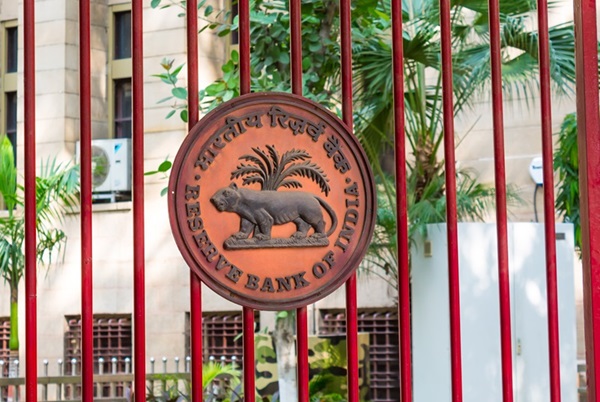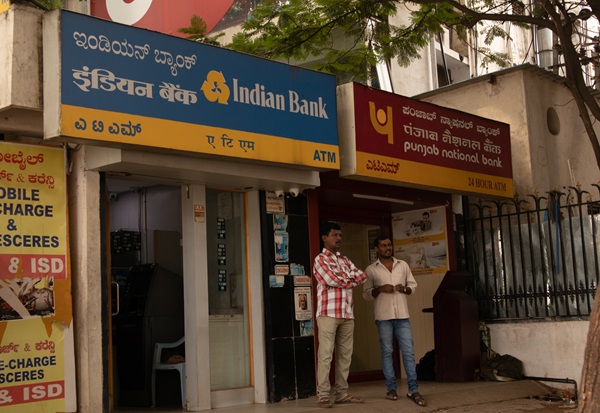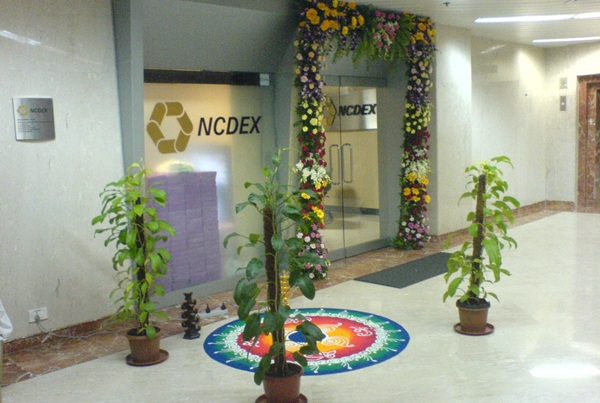.png)
RBI Surprises With 50 bps Rate Cut, But Signals Long Pause Ahead
The Monetary Policy Committee’s decision to shift its stance to neutral from accommodative signals that the door to further cuts remains open but the threshold to cut again has risen.

By BasisPoint Insight
June 6, 2025 at 4:46 AM IST
The Reserve Bank of India on Friday slashed the policy repo rate by 50 basis points to 5.50%, surprising markets with its most aggressive move in over three years. The third rate cut in 2025 brings cumulative easing to 100 basis points, but more telling was the Monetary Policy Committee’s decision to shift its stance to neutral from accommodative, signalling that the door to further cuts remains open, but the threshold to cut again has risen.
Governor Sanjay Malhotra said the MPC felt front-loading the rate cuts was appropriate, given the window provided by disinflation and the need to support momentum in a still-fragile global environment.
The RBI also cut the cash reserve ratio by 100 basis points to 3%, a step expected to release ₹2.5 trillion into the banking system.
Inflation, Malhotra said, has softened significantly in recent months, with signs of broad-based disinflation beginning to take hold.
Headline consumer price inflation is now expected to average 3.7% in 2025–26, with both food and core inflation seen staying benign. The RBI noted that CPI may undershoot the 4% target at the margin, giving the central bank confidence to act decisively before conditions tighten again.
Malhotra explained that the MPC was left with very limited space to ease further, and the return to a neutral stance allows for flexibility without making forward commitments. The large cut, paired with a stance reset, reflects a central bank that has moved quickly but now intends to wait and watch.
Even as headline growth remains strong, Malhotra acknowledged that India aspires to grow faster. He said it was imperative to provide policy stimulus, especially as private investment hesitates and external demand slows. Demography, digitalisation, and domestic demand continue to offer long-term opportunities, and the Indian economy remains, in his words, a picture of strength, stability, and potential.
The RBI also adjusted the Standing Deposit Facility rate to 5.25%, and the Marginal Standing Facility and Bank Rate to 5.75%, aligning the corridor with the new policy rate.
“Inflation has softened significantly over the last six months from above the tolerance band in October 2024 to well below the target with signs of a broad-based moderation," Malhotra said. The central bank said the short- and medium-term outlooks offer confidence not only of sustained alignment with the 4% target, but also a likely undershoot this year.
The RBI said food prices are expected to remain soft, while core inflation should be restrained by lower international commodity prices due to slowing global growth. It also noted that inflation expectations are moderating, particularly among rural households.
"I must also add that while price stability is a necessary condition, it is not sufficient to ensure growth. A supportive policy environment is vital," Malhotra said.
On growth, the RBI has maintained its GDP forecast for 2025–26 at 6.5%, citing resilience in domestic fundamentals despite global headwinds.
The RBI has injected ₹9.5 trillion of durable liquidity since January through a mix of open market operations, VRR auctions, and forex swaps. This has helped shift liquidity from deficit to surplus mode by end-March.
Malhotra’s worry has been credit transmission has lagged, particularly in lending rates. The CRR cut, phased over four tranches through December, is expected to lower funding costs further and strengthen monetary transmission.
The RBI now expects investment activity to strengthen, supported by higher capacity utilisation, improved corporate balance sheets across financial and non-financial sectors, and the government's sustained capital expenditure drive. However, it flagged downside risks from persistent geopolitical tensions, global trade disruptions, and weather-related uncertainties.
Malhotra said the evolving inflation-growth mix justified both continued easing and the decision to bring forward the policy support. All MPC members, barring external member Saugata Bhattacharya, voted for a 50-basis-point cut.



